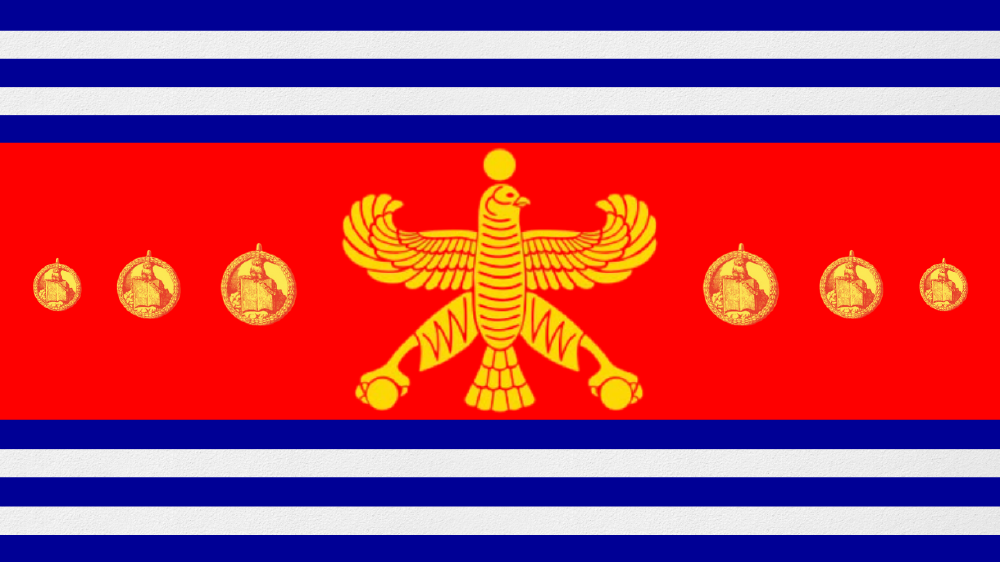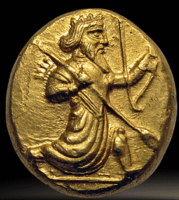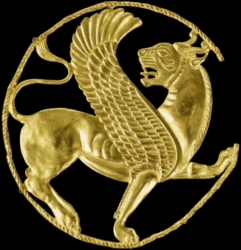--The Achaemenid Empire, founded by Cyrus the Great in the mid-sixth century BCE, quickly grew into one of history’s most vast and multicultural empires. Cyrus began by conquering the Median Empire, then Lydia, Babylon, and parts of Central Asia, winning a reputation as both a brilliant military strategist and a wise administrator. He was renowned for his respect towards his subjects' traditions and religions, famously allowing the Jews who had been exiled to Babylon to return to Jerusalem and rebuild their temple. After Cyrus’s death, succession passed to his son Cambyses II, who expanded the empire even further by defeating Egypt after daring and complex logistical maneuvers across the Sinai Desert.
The empire truly reached its organizational peak under Darius I, also called Darius the Great. Darius seized the throne after an intense period of court intrigue and upheaval. Once in charge, he focused on consolidating and structuring the ever-expanding empire. Darius split the empire into approximately twenty satrapies, or provinces, each governed by a satrap often drawn from the local elite but overseen by Persian officials. Besides the satrap, there were also military commanders and secretaries who reported back directly to the King, creating multiple overlapping systems of control. The introduction of auditors and inspectors known as the “eyes and ears of the king” ensured that the bureaucracy ran efficiently and decreased the chances of rebellion. Darius also established a new tax system and introduced standardized weights, measures, and coinage that greatly facilitated long-distance trade and communication across the empire.
The Persian king’s authority was both political and spiritual: he was seen as a representative of Ahura Mazda, the supreme god in Zoroastrianism, and was often depicted in art and inscriptions as the chosen ruler with a divine mandate. The king’s image was tightly controlled, and he presided over the grand ceremonial capital at Persepolis, surrounded by an entourage of nobles, advisors, and the elite royal guard.
The military backbone of the empire relied on its ability to mobilize soldiers from every corner of its domains. The army was not homogenous; instead, it was made up of contingents from many different subject peoples, each contributing their unique skills, weapons, and armor—Babylonian slingers, Egyptian charioteers, Scythian cavalry, and more. The central core of the standing army was the Immortals, a 10,000-strong unit of infantry so named because any losses were immediately replaced to preserve their number. Immortals were chosen for their skills and loyalty and guarded the king as well as leading assaults in battle.
The empire’s military success was partly due to strategic innovations. Persian engineers became famous for creating pontoon bridges and roadways, allowing armies to move swiftly across rivers or deserts. Perhaps the most dramatic example was during Xerxes’ invasion of Greece, when the Persian army crossed the Hellespont on enormous floating bridges constructed from boats lashed together. Persian commanders emphasized intelligence gathering, employing an extensive network of scouts and informants across their vast lands. Cavalry played a crucial role in the Persian military system: fast, mobile, often armored riders could strike deep into enemy territory, disrupt supply lines, and chase down fleeing enemies.
Logistics and supply were another Persian strength. The Royal Road, stretching over 2,500 kilometers from Susa to Sardis, was lined with way stations and supply depots ensuring that messages, reinforcements, and goods could move quickly. Mounted couriers—similar to modern postal services—could cross the empire at astonishing speed. The economic resources of the Achaemenid state were immense; gold and silver extracted from their territories filled royal treasuries and allowed the kings to fund not only military expeditions but lavish construction projects, religious offerings, and gifts to loyal rulers and allies.
Persian administration also made room for elements of local autonomy. While the king held ultimate authority, satraps were given significant leeway to govern according to local customs and laws, as long as tribute continued to flow to the Persian heartland and the king’s rule was acknowledged. This approach fostered loyalty—or at least compliance—among disparate peoples. In return for this tolerance, military units raised from the provinces were often led by their own officers but coordinated by Persian generals in larger campaigns.
Court life and statecraft revolved around both ceremony and surveillance. The king regularly received tributes and envoys from every corner of the empire, giving audiences in grand halls adorned with reliefs showing the diversity of his subjects. Intrigue and rivalry were common at court; succession was rarely straightforward and contention over the throne sometimes erupted into open conflict. Royal women, especially the king’s mother and key queens, wielded considerable influence behind the scenes.
Cultural and religious tolerance became a foundation of Achaemenid imperial ideology. Unlike other ancient empires, the Persians did not impose a single religion or culture on their subjects, but instead allowed a plurality of practices, customs, and beliefs so long as these groups acknowledged Persian supremacy. Many conquered peoples, relieved by this sense of autonomy, participated willingly in the empire’s administration and military.



















